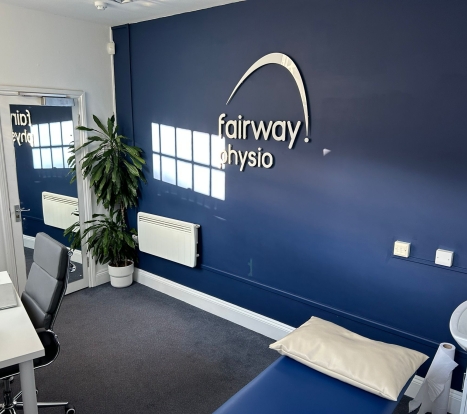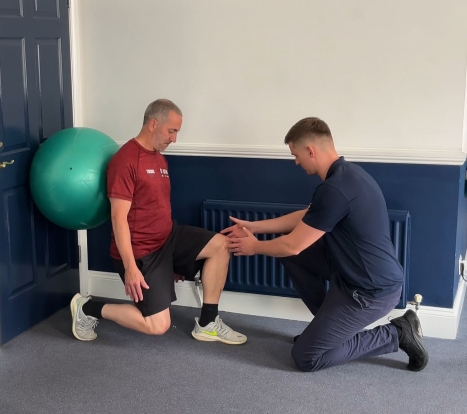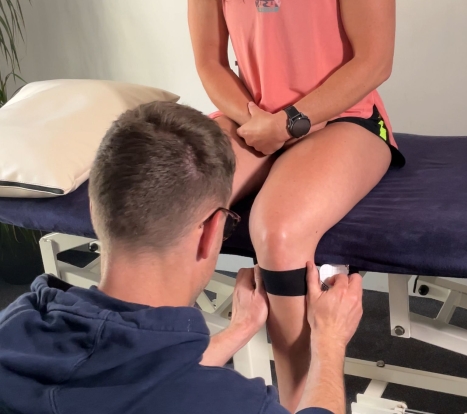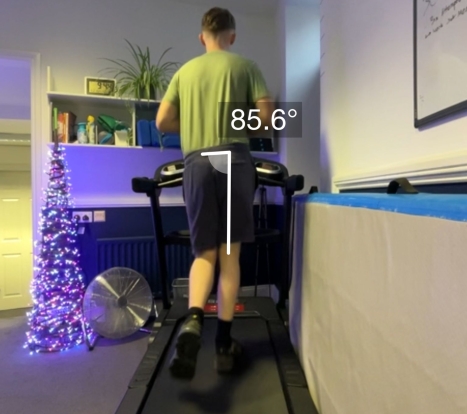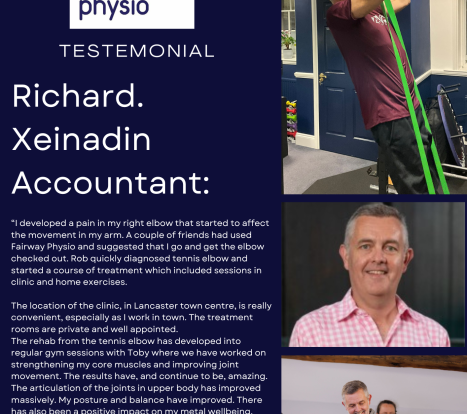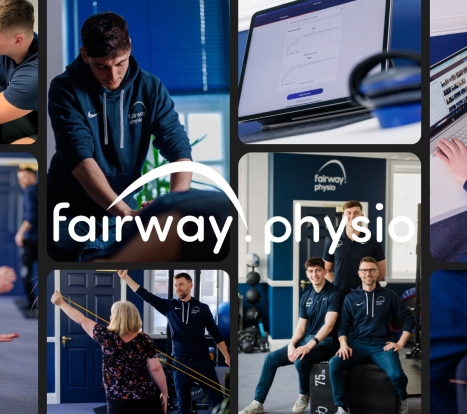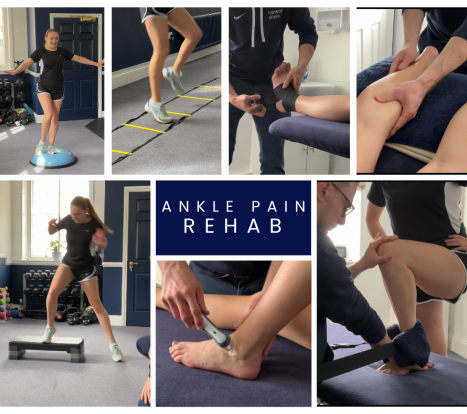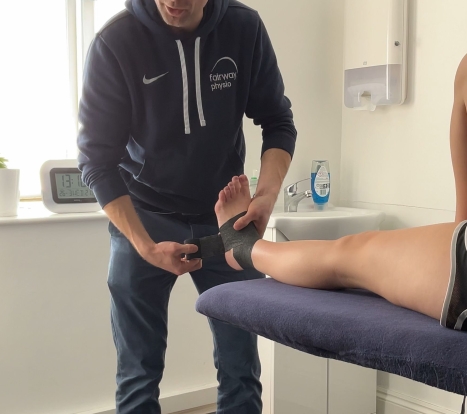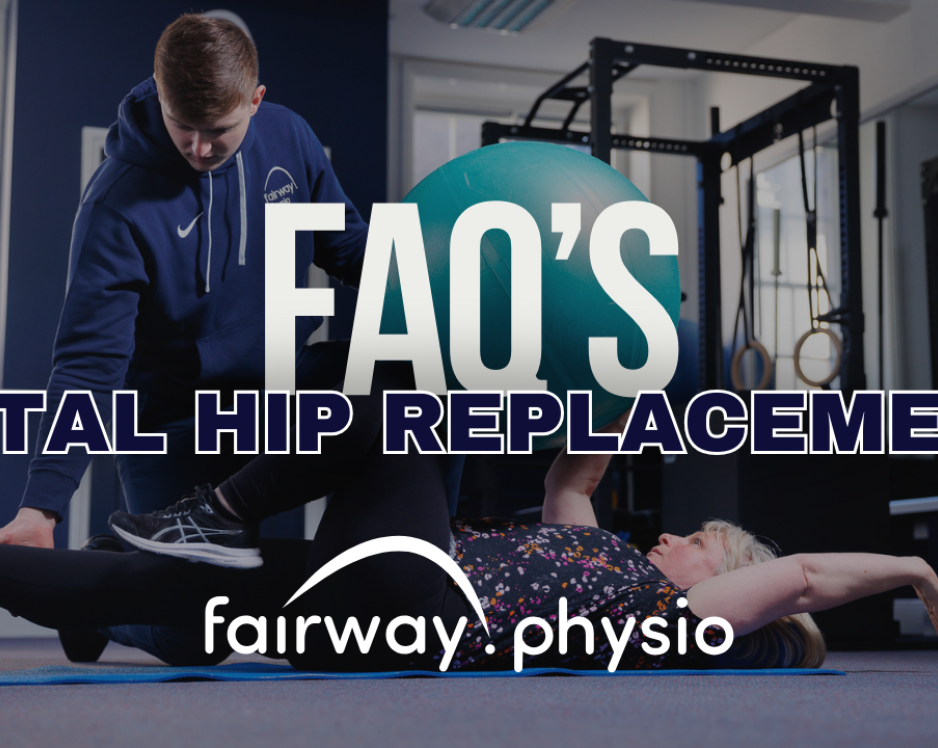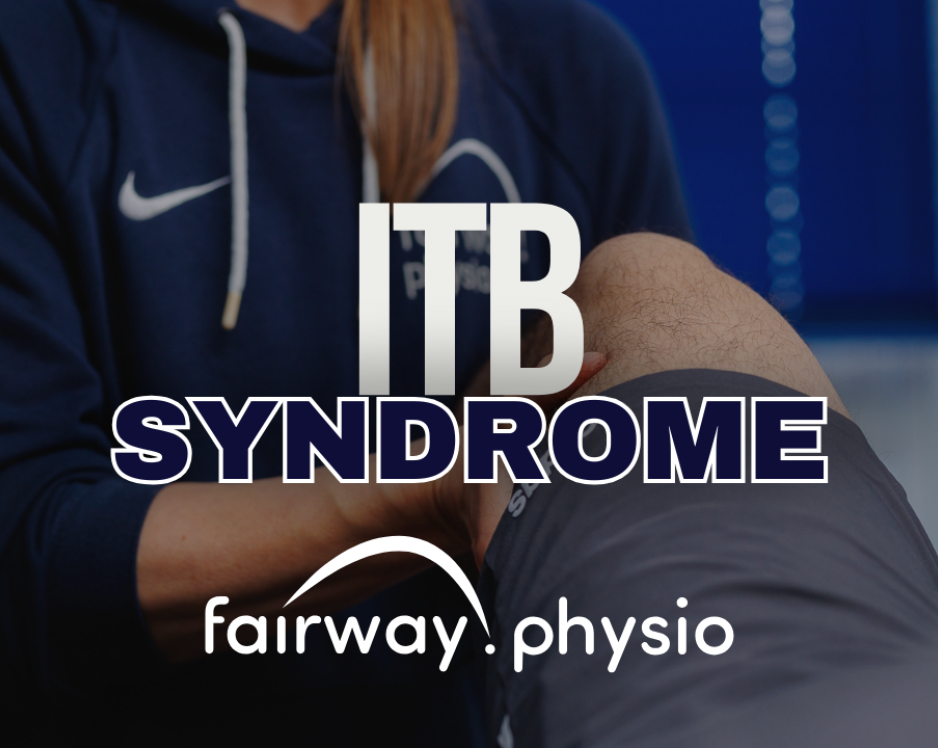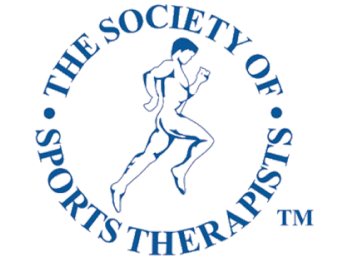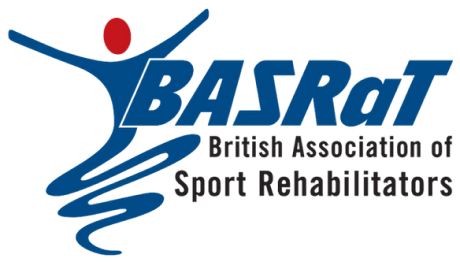Many people who begin running develop pain on the inside of the knee which can be due to a number of reasons. The most common reason for pain on the inside of the knee in runners is a strain to the medial collateral ligament (MCL). The MCL joins the femur to the tibia below and provides support to the inside of the knee to help avoid unwanted inward movement or rotation of the knee. The ligament structure allows some stretch like an elastic band, but, if stretched too far, will become irritated and can become inflamed and painful. Repeated inward movement of the knee while running can stress the ligament in this manner. Pain is usually isolated to the inside of the knee and can even be point specific. When describing where pain is, patients often place their finger directly to the point they are experiencing pain. As swelling builds, the knee may feel sore above the knee cap where fluid collects and the knee may start to feel vulnerable or unsteady.

A lot of runners blame their running shoes and may go hunting for a different pair. However, often, the problem is not due to the shoe that you wear but how conditioned your body is to the activity of running. Running is actually a complicated mechanical activity that requires muscular support and control that long periods of a sedentary nature has a detrimental effect on.
Many people take up running as a way of getting back into shape after a prolonged period away from regular exercise. Programmes such as the couch to 5km is a popular introduction to running but historically, this hasn’t offered physical conditioning advice along with the increased general activity and running volume.
More experienced runners may complain of this type of knee pain with increased training intensity or volume. A sudden increase in running frequency or distance, or, a hard session of hill reps, when the body has been fatigued but a larger demand of knee stability is required may cause a lack of control at the knee and greater inward movement of the knee.
Muscles around the hip help control movement of the knee and reduce stress on the knee ligaments. The Gluteal muscles pull the knee outward resisting inward movement of the knee, keeping the knee moving on its hinge rather than an off hinge movement. Ensuring these muscles stay strong can help reduce the risk of pain on the inside of the knee. Try the exercises below to help strengthen the Gluteal muscles.
Exercise 1: Lie on your side with your knees bent up, your ankle, hips and shoulders in line with each other. Roll the trunk forward slightly. Keeping your feet together, raise the top knee toward the ceiling without rolling the trunk backward. Hold at the top of the movement for 5 seconds and lower slowly. Repeat to fatigue.
Exercise 2: Stand with your back to a wall. Have your feet one foot away from the wall and lean back on the wall. Have a resistance band around your knees, just above the knee cap. Your feet should be spaced about shoulder width apart. Slide down the wall into a squat, keeping the knees in line with the point of your shoe. Lower until your hips are as low as your knees before squeezing your buttocks and returning to the start position. Repeat x15-20 reps. If this becomes easy, you can load the squat using a weight (such as a medicine ball or just a bag of books) held at your chest.
Exercise 3: Stand with a resistance band around your ankles. Side step from side to side against the resistance. Repeat x30-40 reps. You should feel the work being done in the buttock muscles.
If you are struggling with pain on the inside of the knee, you could try using an Ibuprofen gel and apply a cold compress on the area for 20 minutes a few times each day to help reduce inflammation and pain. Your physiotherapist can help diagnose the knee pain and provide a more specific, progressive treatment plan that will get you back to running.

